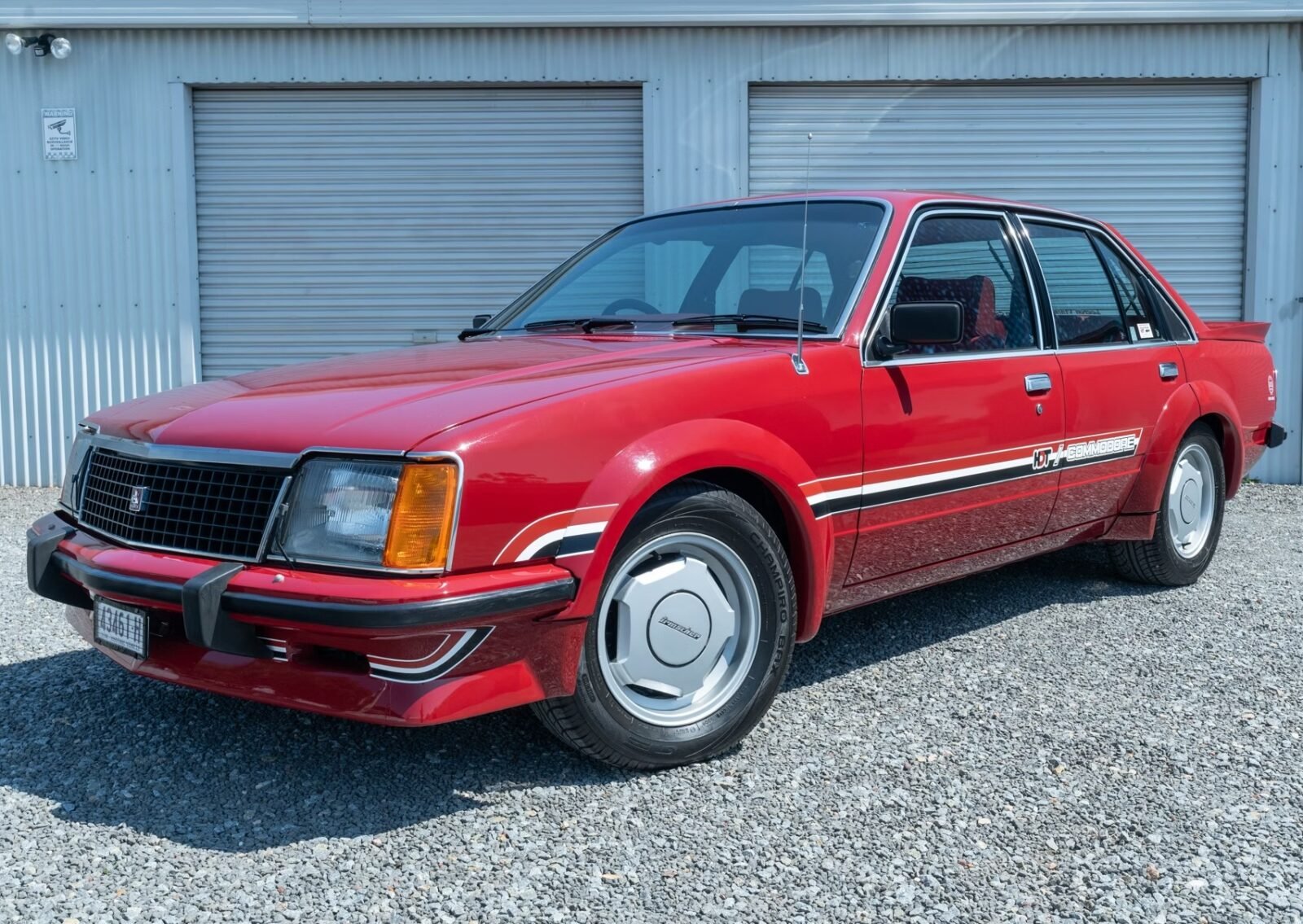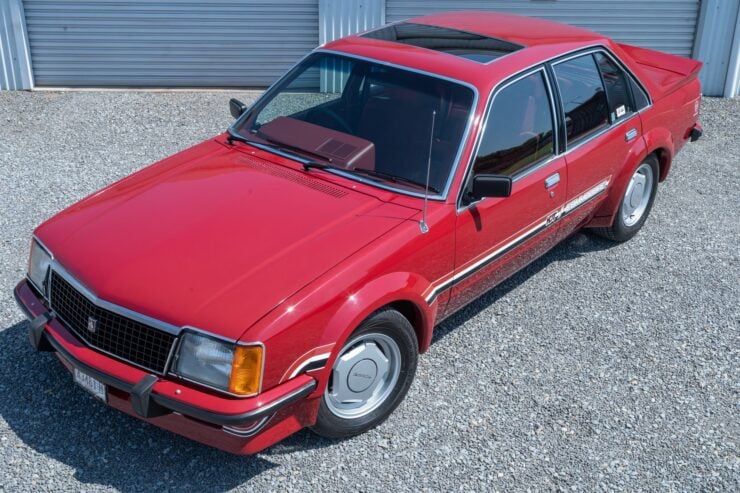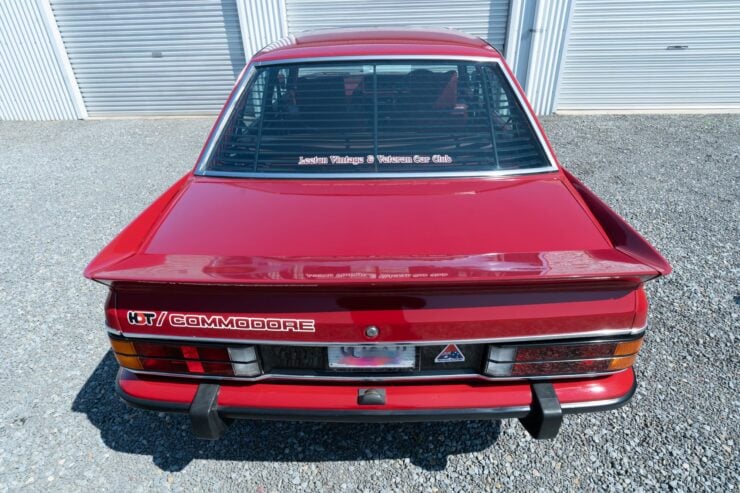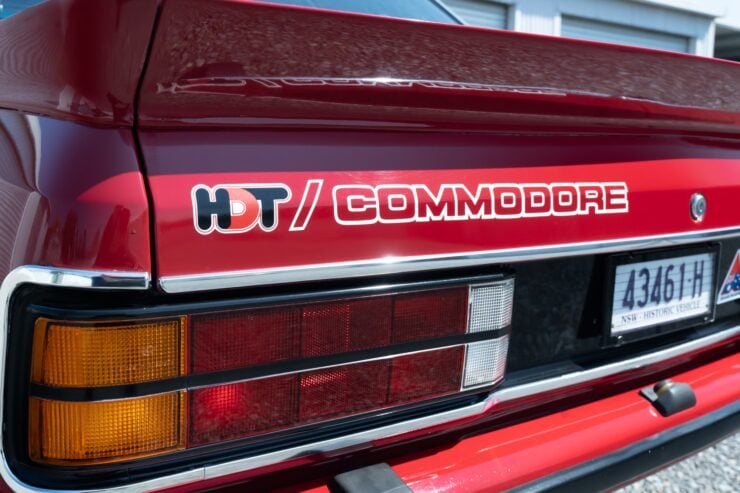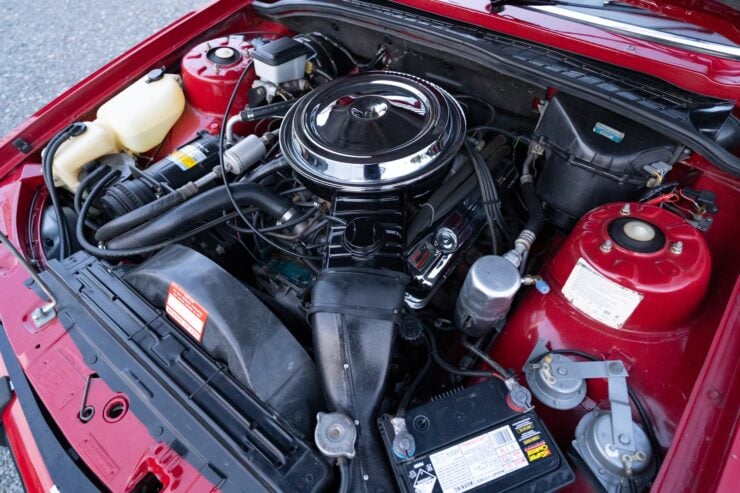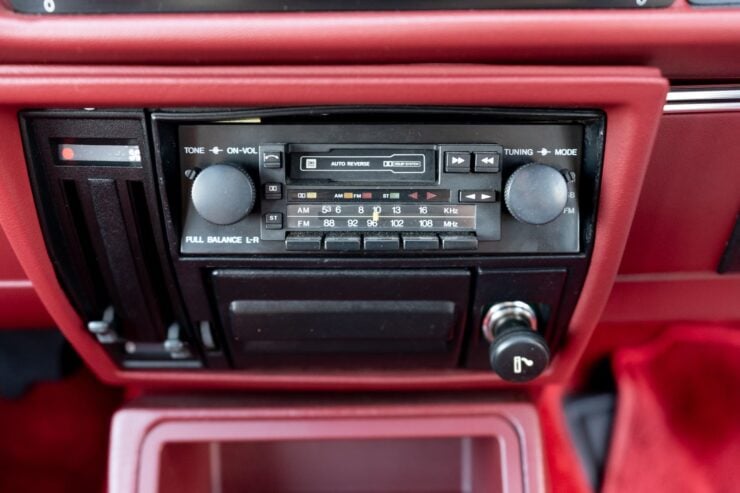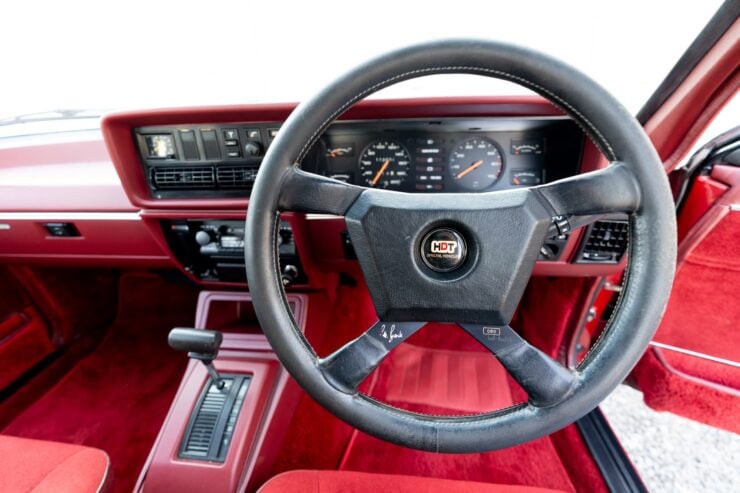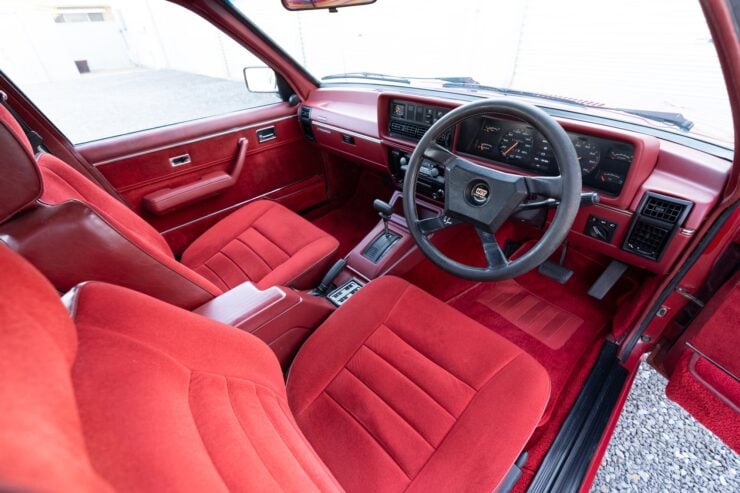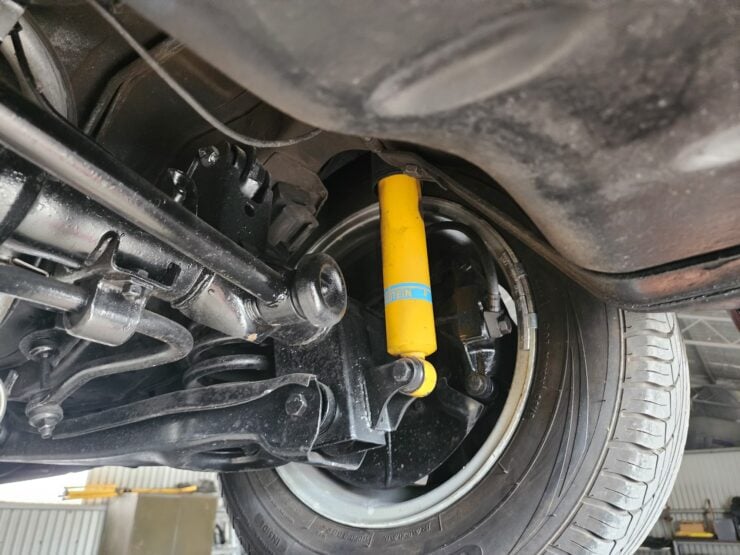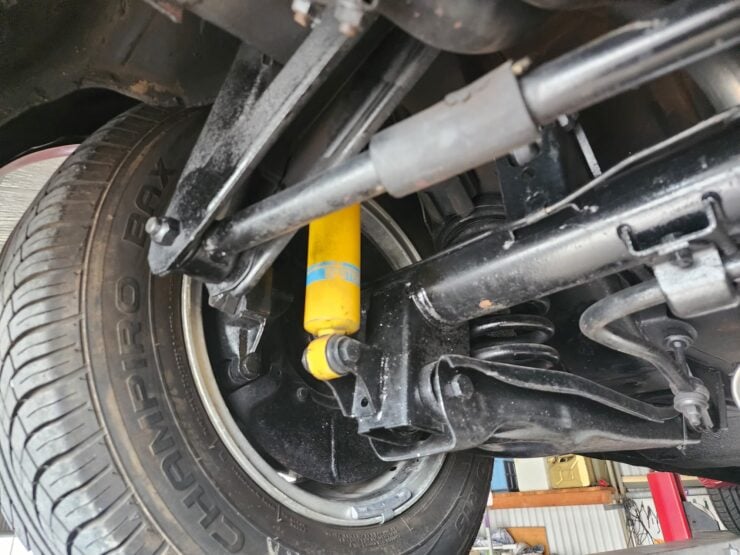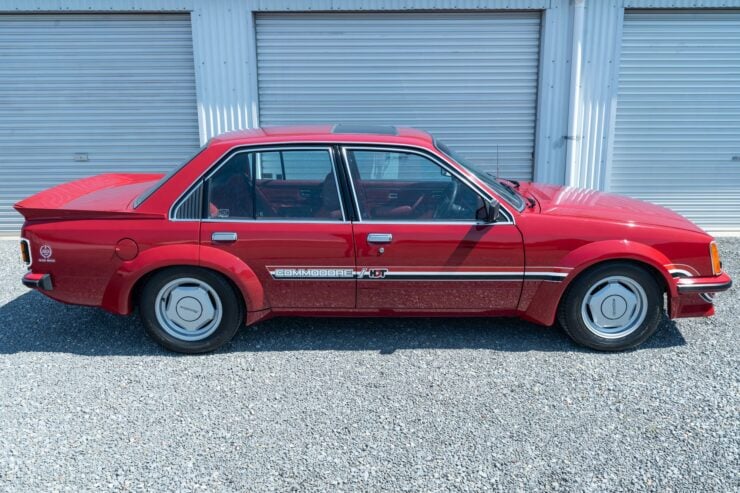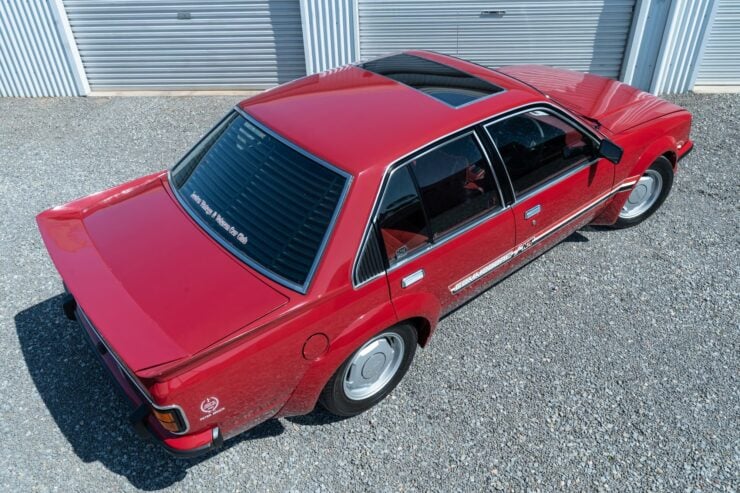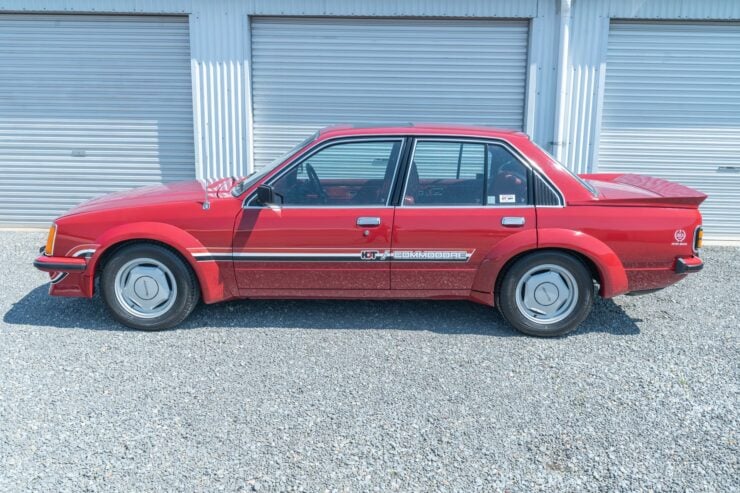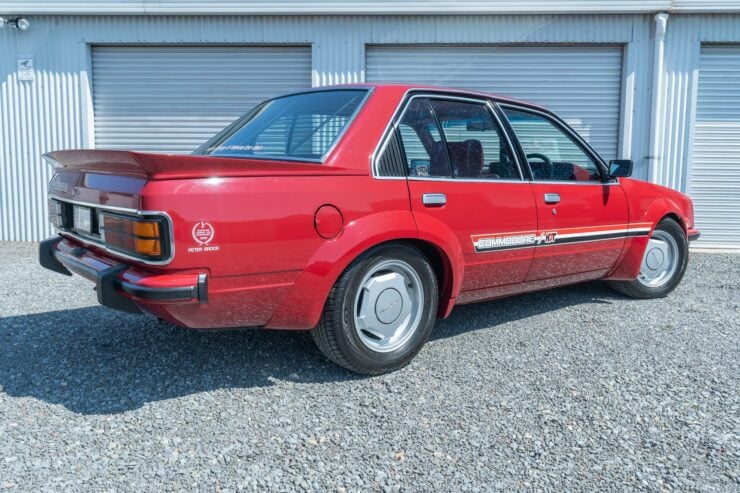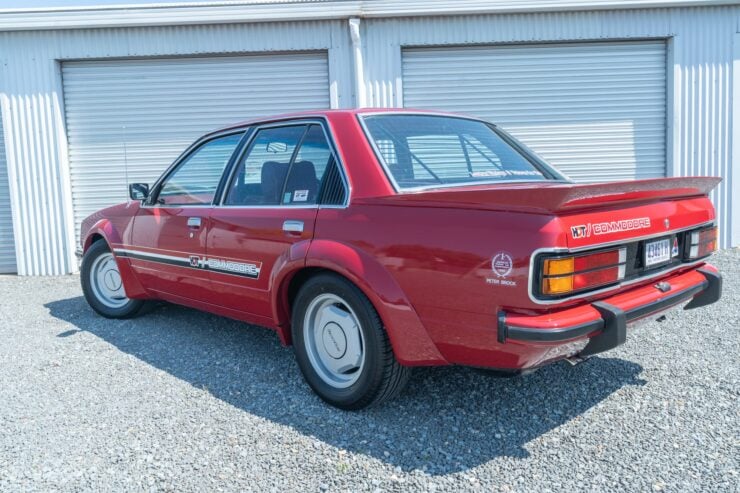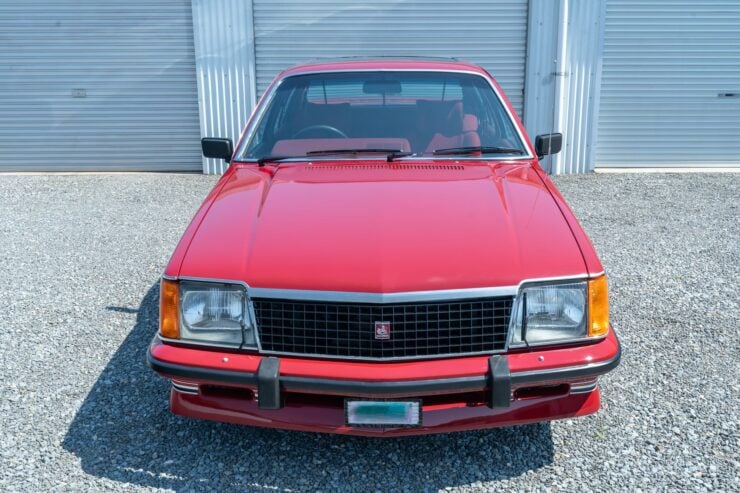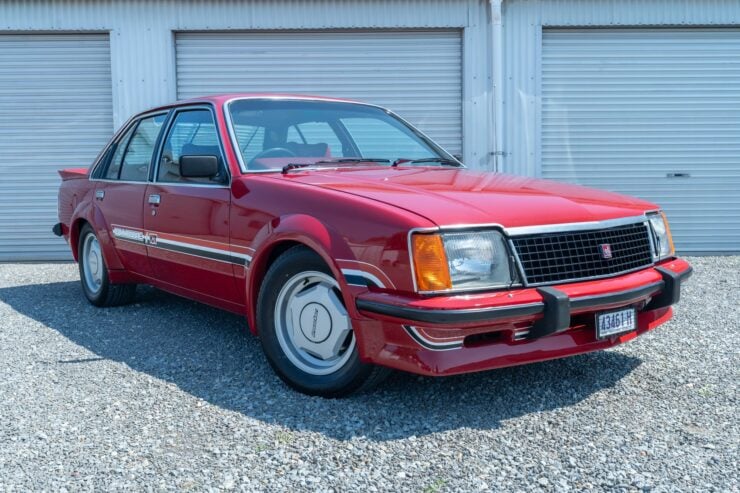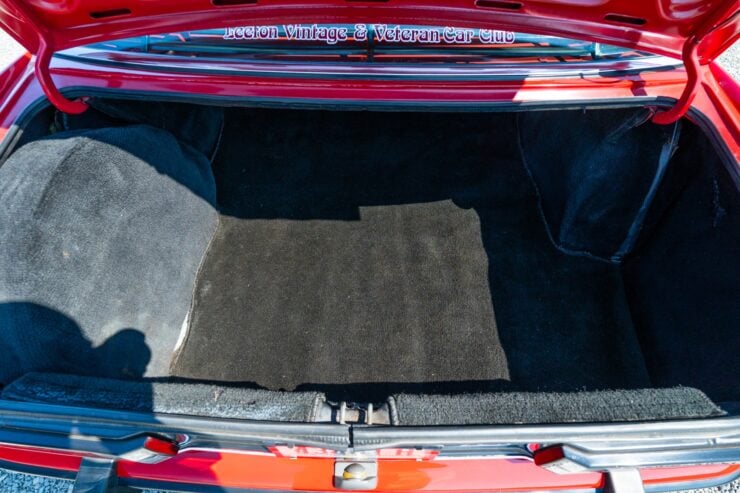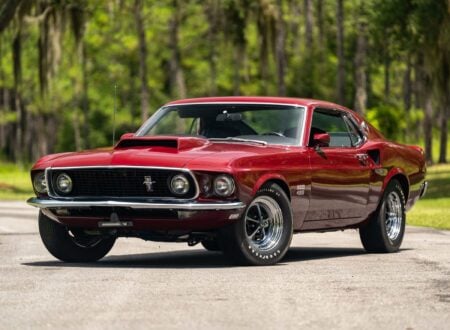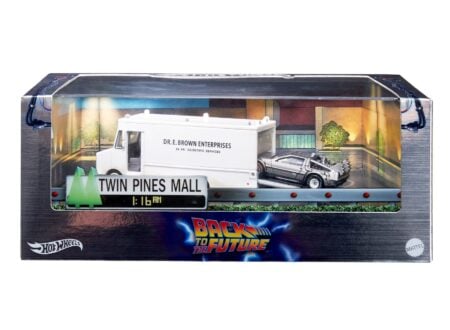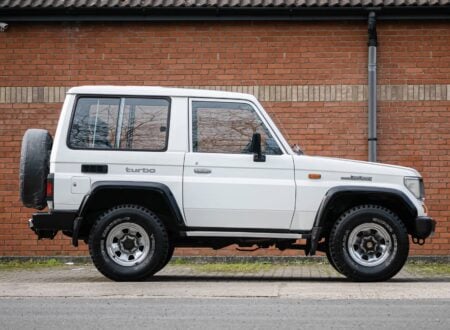This is a 1980 Holden Commodore VC HDT Brock, part of the first generation of Peter Brock-developed Holden Dealer Team homologation specials based on the then-new Holden Commodore platform.
The VC HDT Brock was built specifically to ensure that a series of high-performance upgrades would be homologated in a production car for use in the Holden Dealer Team’s 1981 Group C race cars. It would be the first of many Brock-developed specials, many of which are now among the most highly collectible Australian vehicles ever built.
Fast Facts – The Holden Commodore VC HDT Brock
- The Holden Commodore VC HDT Brock was the first homologation special developed the Holden Dealer Team under Peter Brock, built to include high-performance upgrades for Group C racing. It was based on the Holden Commodore platform derived from Opel’s V-body.
- Powered by a 308 cubic inch (5.0 liter) V8 engine, the VC HDT Brock featured racing upgrades like L34 heads, Bilstein shocks, disc brakes, and Irmscher alloy wheels with flared whee arches, alongside modest interior updates like a MOMO steering wheel and some optional luxury features.
- Offered in three colors — Firethorn Red, Palais White, and Tuxedo Black — approximately 500 units were planned, though production numbers vary. The car is now a highly collectible “blue-chip” Australian classic valued in the six-figure range.
- The featured example, number 80, is finished in Firethorn Red with Carmine Burgundy trim, equipped with air conditioning, an electric sunroof, and automatic transmission, and is currently listed for auction in Leeton, NSW, Australia.
Peter Brock And The Holden Dealer Team
By the time the new Holden Commodore debuted in 1978 to replace the outgoing Holden Kingswood model family, racing driver Peter Brock was already a local legend. He had won the Australian Touring Car Championship in 1974 and 1978, and he had won the world famous Bathurst endurance race in 1972, 1975, and 1978.
Above Video: This is the official highlight reel of the 1980 Hardie Ferodo 1000(the Bathurst 1000) won by Brock driving the race version of his own Holden Commodore VC HDT Brock.
In December 1979, Peter Brock would buy the Holden Dealer Team, the main race outfit for the Australian marque, and he became Team Manager.
This doesn’t mean Brock was planning to hang up his racing boots, he remained on as the team’s lead driver and won the Australian Touring Car Championship again in 1980, with additional wins at Bathurst in 1979, 1980, 1982, 1983, 1984, and 1987. His record there still stands today.
The Holden Commodore was based on the German V-body rear-wheel drive automotive platform from automaker Opel. Holden and Opel both belonged to General Motors, and as such they would share models and parts extensively.
In order to be used in Australia, the Opel V-body needed significant structural strengthening and a series of mechanical modifications. It was introduced as a four-door sedan, and later a four-door station wagon was introduced, but no production coupe was ever made.
The Holden Commodore VC HDT Brock
As the new Holden flagship, the Commodore would be raced by HDT (the Holden Dealer Team), and as the Team Manager it was down to Peter Brock to lay out a plan to turn the new model into a race winner. Working with an experienced team of race engineers, Brock had a series of upgrades applied to the car that he needed to homologate for racing.
The car was powered by a 308 cubic inch (5.0 liter) V8 mated to either an M4 21 four-speed manual transmission or an optional Turbo-Hydramatic automatic three-speed unit. The engine was fitted with gas-flowed L34-type heads, bigger valves, a matched inlet manifold, a hot cam, a cold-air intake, and a dual exhaust.
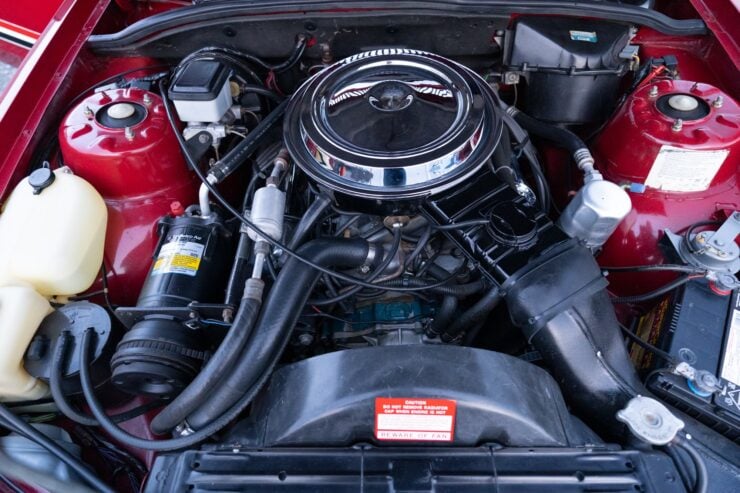 The car is powered by Holden’s venerable 308 V8, a 5.0 liter unit that powered some of the most famous cars from the Australian marque in-period.
The car is powered by Holden’s venerable 308 V8, a 5.0 liter unit that powered some of the most famous cars from the Australian marque in-period.The car rode on new springs and Bilstein gas pressure shock absorbers, it has a larger master cylinder for the high-performance four-wheel disc brakes, a limited-slip differential, and it sat on German-made lrmscher alloy wheels. The wheels and tires used on the VC HDT Brock were wider than stock, and so wheel arch flares were fitted, along with discreet front and rear spoilers.
Inside the car the modifications were kept relatively modest, with a new MOMO steering wheel (showing the car’s build number), two dashboard emblems, a wooden gearshift knob, and the buyer’s choice of options like air conditioning, the automatic transmission, an electric sunroof, and a rear blind.
When ordering your car you had the choice of three color combinations: Firethorn Red, Palais White, or Tuxedo Black. This is because the HDT colors were red, white, and black. The smaller number of paint options also vastly simplified production.
Just 500 were planned for production but some sources say only 413 were made, though there doesn’t seem to be broad agreement about this. What is agreed upon is that the Holden Commodore VC HDT Brock is now an automotive blue chip investment, with values stretching into the low six figures and beyond.
The 1980 Commodore HDT VC Brock Shown Here
The car you see here is one of the original examples of the HDT VC Brock Commodore, it’s number 80 of the planned 500. This one is finished in Firethorn Red with a Carmine Burgundy cloth-trimmed cabin and it comes with a rear blind, an electric sunroof, and air conditioning.
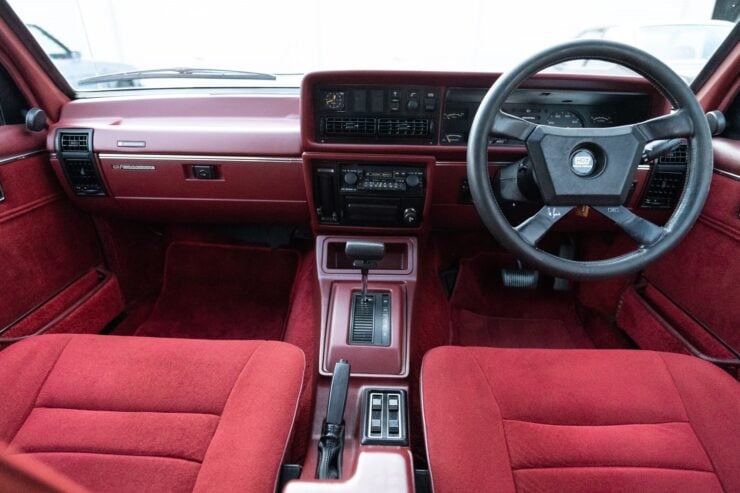 The interior of the Holden Commodore VC HDT Brock is similar to the standard car, with a couple of badges added to the dashboard, the manual got a branded wooden shift knob, and all cars got the MOMO steering wheel displaying the build number.
The interior of the Holden Commodore VC HDT Brock is similar to the standard car, with a couple of badges added to the dashboard, the manual got a branded wooden shift knob, and all cars got the MOMO steering wheel displaying the build number.This car was ordered with the popular automatic transmission option, a three-speed Turbo-Hydramatic which remains in the car today. This vehicle is now being offered for sale with the owner’s handbook, a document relating to the model, HDT Identification paperwork, and a historic worksheet.
It’s based in Leeton in NSW, Australia and it’s up for auction on Collecting Cars. If you’d like to read more about it or register to bid you can visit the listing here.
Images courtesy of Collecting Cars

